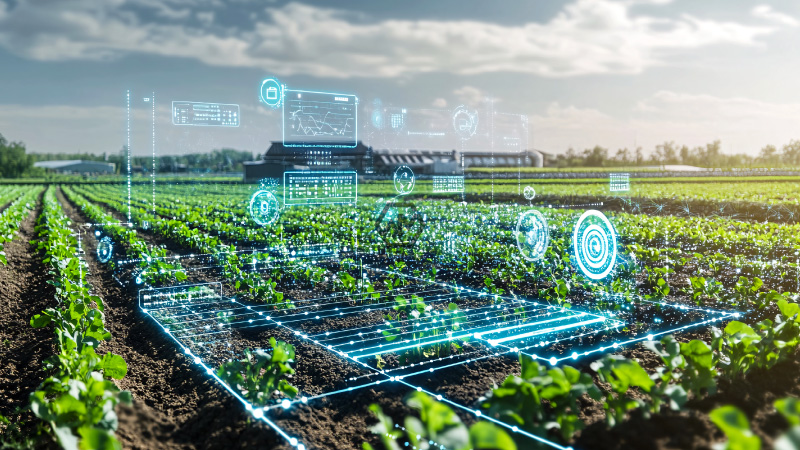- Outdated California laws ban autonomous farm equipment despite its local development.
- Trade uncertainty is straining California’s agriculture exports.
- U.S.-Vietnam talks intensify over looming tariffs; USDA forecasts shifting beef, dairy outlooks.
California farmers are increasingly frustrated by laws that prevent the use of autonomous farming technologies such as driverless tractors and robotic weeders.
At the same time, trade tensions continue to impact California agriculture. At a recent trade hearing in Sacramento, industry leaders expressed concerns over the U.S. losing credibility as a reliable trade partner.
Farms, Trade, and Forecasts: The Crossroads of U.S. Agriculture Policy
California’s longstanding ban on autonomous farm equipment stems from 1970s-era safety regulations, which mandate that a human operator must be physically stationed at the controls. This has become a major roadblock in deploying cutting-edge technologies that improve efficiency and reduce reliance on manual labor—especially as labor costs rise and shortages worsen.
The contradiction is striking: California leads in agricultural technology innovation but can’t fully utilize its own advancements. With the state producing the bulk of the nation’s fruits and vegetables, such restrictions are seen as counterproductive and out of step with modern farming realities.
Meanwhile, the U.S. is facing criticism from its own agriculture sector over inconsistent trade policies. Farmers and ag exporters are pushing for greater certainty, arguing that erratic tariffs and trade shifts make it harder to compete globally. California stakeholders warned that the U.S. risks losing its status as a trusted trade partner.
Adding to global economic tensions, the U.S. and Vietnam are deep in their second round of trade negotiations. Vietnam, which logged a $123 billion trade surplus with the U.S. in 2024, is racing to strike a deal to avoid a 46% tariff that could destabilize its manufacturing-based economy. These decisions will have ripple effects for U.S. businesses and consumers alike.
As agriculture, trade, and technology collide, U.S. policymakers face growing pressure to modernize outdated regulations and stabilize global trade commitments before domestic productivity and global partnerships erode further.
“We are trying to farm for the future, but we’re stuck in the past.” — Larry Jacobs, California farmer



